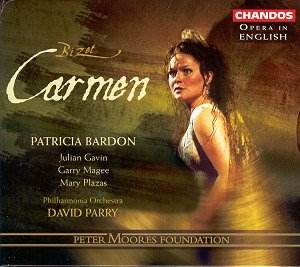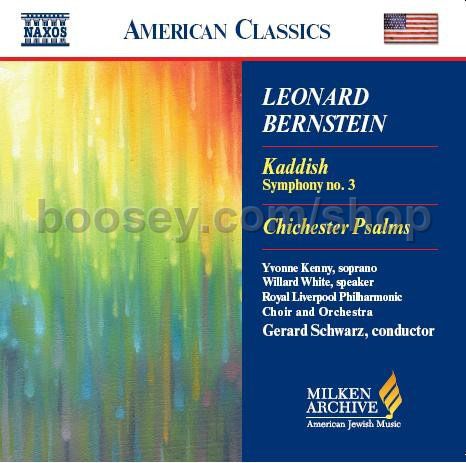2/28/11 – Tchaikovsky: The Nutcracker
Inspiration is a guest that does not willingly visit the lazy.
– Pyotr Ilyich Tchaikovsky
Like many of you, I’m sure, listening to The Nutcracker brings back childhood memories. For me, it was most often the Southold Dance Company’s annual production, and on the occasion that on of my grade school classmates was starring as Clara (which happened more often than you would expect,) it became an opportunity for us all to cram in the yellow busses and head to the Morris Civic Auditorium for a performance. I remember the thrill of the spectacle first and foremost, had at one time aspired to portray Drosselmeyer, despite never studying dance in my life, and as the years went by, beginning to greatly miss the live orchestra at the matinees where the hall was packed with schoolchildren as opposed to full-price ticket holding patrons. Come to think of it, I don’t think I’ve ever heard a live performance of this piece.
Just as I was initially drawn into the piece by the fantasy and grandeur of the visuals, at this point in my musical journey (and now listening to it without the benefit of a visual,) Tchaikovsky’s command of the orchestra is as remarkably impressive. While the first act seems to stall musically and dramatically at times to make room for plot development, the dances of the second act are a thing of beauty to listen to. And the low points of the first act are on the level of the high points of many a lesser piece.
Tchaikovsky’s harmonic language is notably complex, even for a late romantic, and his flamboyant orchestrations make good use of the relatively small orchestra by the standards of his contemporaries. I knew the celeste was prominently featured in the Dance of the Sugar Plum Fairies, but I didn’t know he was the first classical composer to write for it. Likewise, his inclusion of women’s chorus in the finale of Act I is stunning. I feel that most of what I’d potentially have to say is redundant – this is one of the few pieces I assume everyone else is familiar with to some degree, and remarking on the subtlety of the tambourine in the Arabian Dance or the dark, rich horns of the Waltz of the Flowers would be stating the obvious.
Once again I find myself at the end of the month, and going back to recap this past month. It seems more hit-or-miss than January, but there were definitely stand-out pieces along the way. I apologize if my writing style has been lacking at times; I’m a composer and a theorist at heart, and while I enjoy the writing process, that seems to be the limiting aspect of this project. I can listen to and contemplate an album a day, but getting my thoughts down is grueling at times. Like I keep saying, I appreciate all of your comments, even when I don’t get to responding on them, and they keep me going at times. That and sheer stubbornness at other times.
Best of February - Sky Blue (Maria Schneider)
Best Classical - Chopin: Nocturnes
Best Jazz - Mood Swings (The Swingle Singers)
Best Mainstream - Rage Against the Machine
Honorable Mention - The Marshall Mathers LP (Eminem)
Tomorrow – Highway 61 Revisited (Bob Dylan)
Next week – Strauss: Oboe Concerto in D Major













